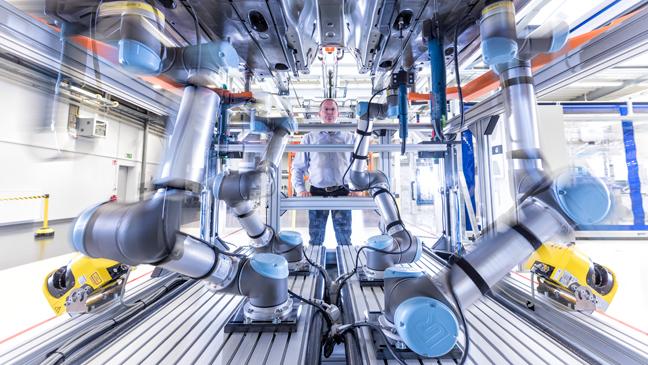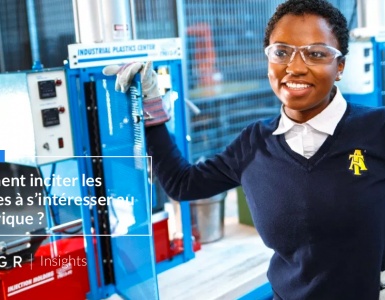For further information, read our article: Industry 4.0: the four technologies behind it
Technology alone will not enable transformation
According to a KPMG study, the global market of new technologies in the industrial sector reached more than 200 billion dollars in 2017, and will increase by 60% to reach 4 trillion dollars by 2020.
Many manufacturing professionals believe that a simple one-time implementation of technology will be sufficient for a successful digital transformation. However, this is not always the case, since it is important for employees to have the ability to understand the dynamics of any new technology in order to maximize its benefits. For example, relational databases can provide the foundation for manufacturers that are interested in moving from a simple Excel filing system to a big data analytics server. This could potentially provide new services and solutions for their customers. However, if they are implemented without the right knowledge, the technologies may only provide unusable amounts of data. To maximize the implementation of any technology, companies will need to employ talented individuals that can step back and ask the right questions.
For further information, read our article: Why should your company be interested in big data
Each manufacturer uses its data in its own way. However,their potential for growth depends on the efficiency of its usage. For manufacturers, the utilization of Big Data and Artificial Intelligence technologies must allow them to ask the right questions and to use a large volume of unstructured data to provide the most realistic solutions. Indeed, it is not simply about saving time in data processing, but also about improving the accuracy and the quality of analysis beyond the capacity of the human brain. This is a trade-off that manufacturers need to consider at all times.
For each technological innovation, manufacturers need to think about the objective that they wish to prioritize. Depending on the processes being analyzed, they need to investigate the changes that could improve their efficiency, the quality and use of data, production throughput, fault detection, etc.… before choosing the right approach for implementation.
In short, the implementation of an innovation must begin with one simple question: What is the problem that needs to be solved?
Asking this question is the first step towards ensuring that the appropriate technology is chosen and embraced and that its use is maximized.
Ingredient for success: Collaboration between humans and machines
The executives of a manufacturing company should not be the only ones to be involved in the changes that will affect the business or production processes. Employee participation is very important, as they are on the forefront of the change to be made. The workers and managers consider that the use of robots, big data and artificial intelligence will have an impact on employment in their sector. In order to create an effective collaboration, it is important that all employees feel involved in the implementation of digital transformation projects and understand their place in the company’s future.
To succeed in its digital transformation, the manufacturer must enable employees to innovate, adopt the new processes and maximize their impact on positive change.
A good example on the value of effective human-machine collaboration is that of “cobots”, or robots that can work alongside humans. They increase employee safety as well as speed and accuracy on manufacturing lines.
A single person does not perform a single task anymore, but works alongside a robot to improve his/her efficiency. Successful collaboration between employees and robots is the key to enabling factories to become more agile and therefore more competitive.
A similar approach could also be used for utilizing data analytics for taking the right decisions. Today, data is everywhere: temperature and vibration sensors on machines, GPS data for navigating trucks, etc. But it would be difficult to derive a valuable outcome from this data without the expertise of a human being. Therefore, technology needs the guidance of human intelligence, so that it can be as useful as possible in improving performance.
KPMG expects new jobs created thanks to the introduction of new technologies in factories. Moreover, as robots are capable of dealing with most, but not all possible scenarios, human monitoring will always be essential. Factory jobs will inevitably change, but not disappear. Jobs will become more skilled, focused on asking the right questions and identifying the big issues. The availability of more data will need more human intelligence to figure out how to use it.
So, the new challenge will be significant. HR leaders will need to identify the new skills and capabilities that will be required in the future. Those current employees willing and able to be upskilled will need to be identified. New talent will need to be attracted, retained and integrated into the business. New ways of working will need to be developed. And, all the while, the factory floor will need to keep operating and the business will need to keep growing.






